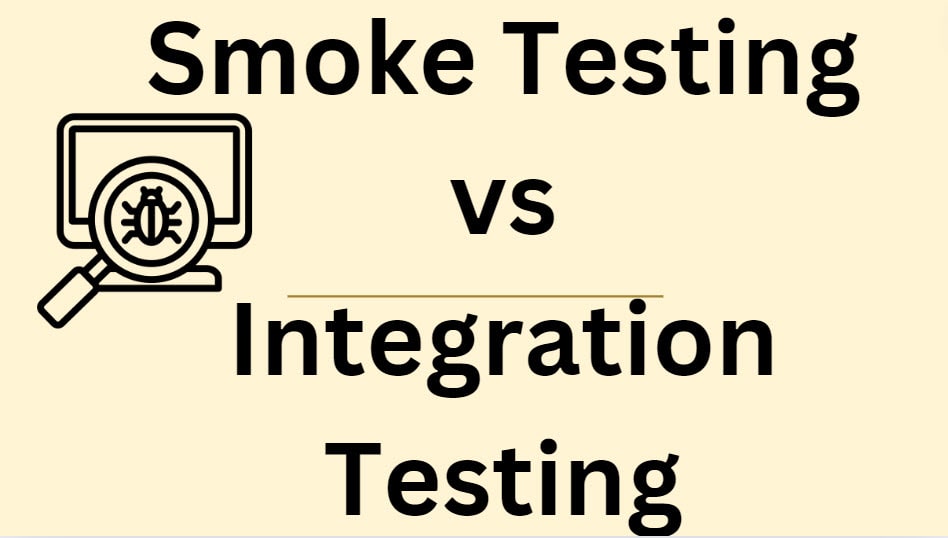Smoke testing and integration testing are both important types of software testing, but they serve different purposes and are typically conducted at different stages of the development process.
Smoke testing, also known as a sanity check, is a quick and simple test designed to verify that a system’s basic functionality is working correctly after a new build or deployment. It’s typically a high-level check that ensures the software’s most critical features are operational. Smoke tests are often automated and act as a gatekeeper to determine whether more extensive testing should proceed.
Integration testing, on the other hand, is more comprehensive and focuses on verifying that different components or modules of a system work together correctly. It checks the interaction between various parts of the software, including interfaces between different units, modules, or even external systems.
Key differences
Scope: Smoke tests are broader but shallower, covering critical functionalities, while integration tests are more focused on specific interactions between components.
Depth: Integration tests are typically more in-depth than smoke tests, which are designed to be quick and simple.
Timing: Smoke tests are often run after every build or deployment, whereas integration tests are usually conducted after unit tests but before system-wide testing.
Purpose: Smoke tests aim to quickly identify major issues that would prevent further testing, while integration tests ensure that different parts of the system work together as expected.
Here’s a tabular comparison of Smoke Testing vs Integration Testing:
| Based On | Smoke Testing | Integration Testing |
|---|---|---|
| Purpose | Quickly check if basic functionalities work after a new build | Test interactions between different components or modules |
| Scope | Covers critical functionalities and core features | More comprehensive, tests multiple integrated units |
| Timing | Performed early in the development cycle | Performed after unit testing but before system testing |
| Depth | Shallow and broad, it checks if the system “smokes” when started | Deep and focused on specific integrations |
| Duration | Quick and simple | More time-consuming |
| Goal | Determine if the build is stable enough for further testing | Ensure different parts of the system work together correctly |
| Automation | Often automated for efficiency | It can be automated or manual, depending on the complexity |
| Failure Impact | May reject the build for further testing | Identifies integration issues but doesn’t necessarily halt testing |
You may also like following the articles below
Both types of testing are crucial in the software development lifecycle, with smoke testing providing rapid feedback on build stability and integration testing ensuring the cohesive functioning of the system’s components.

My name is Madhu, and I’m a certified Test Consultant with more than 16 years of hands-on experience developing and maintaining manual and Test Automation in the Software industry. I have experience with automation tools such as Selenium, Katalon Studio, etc.
